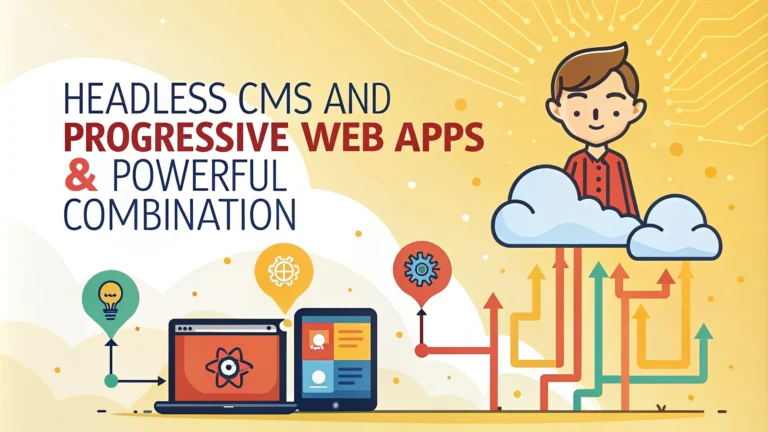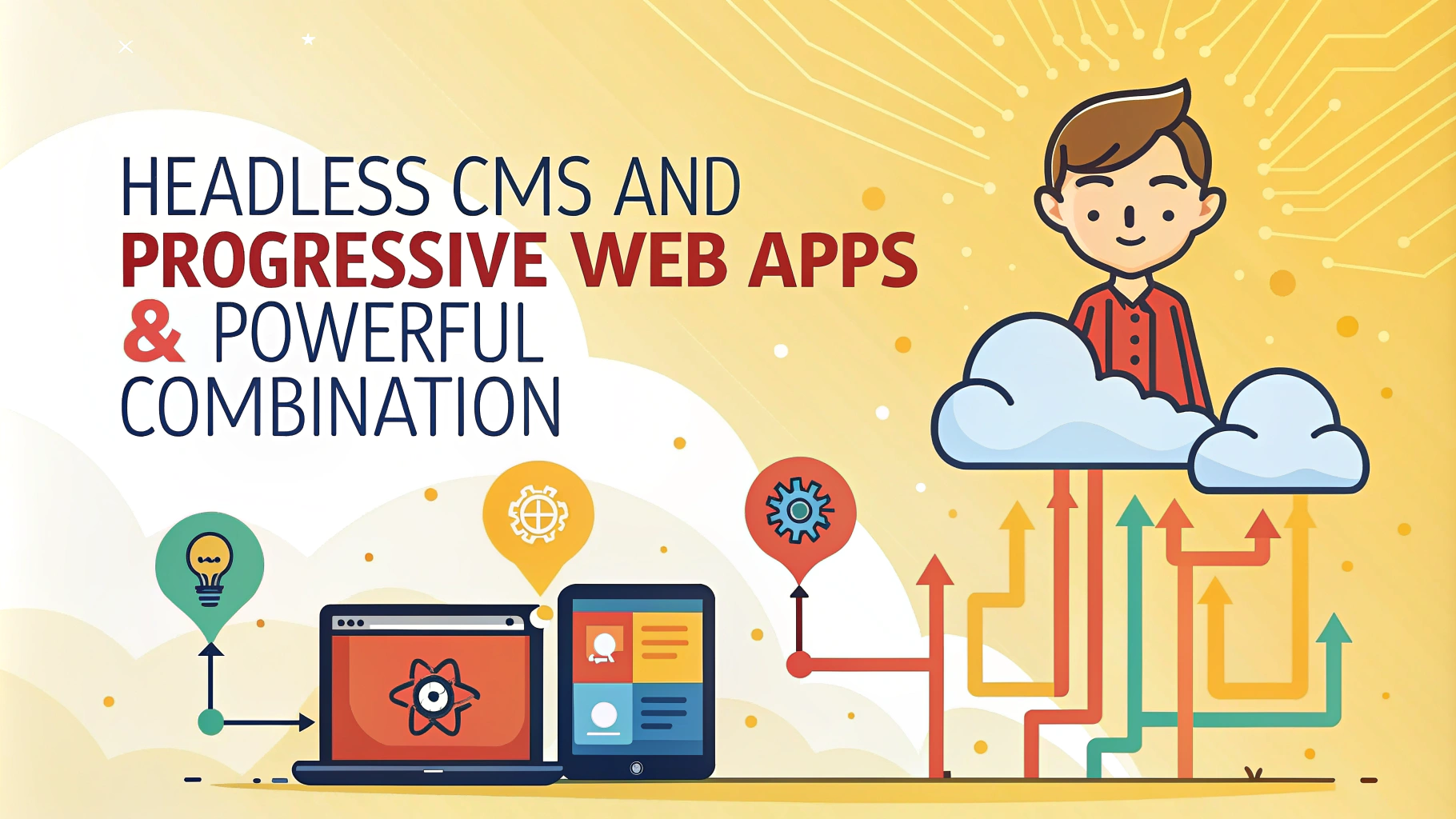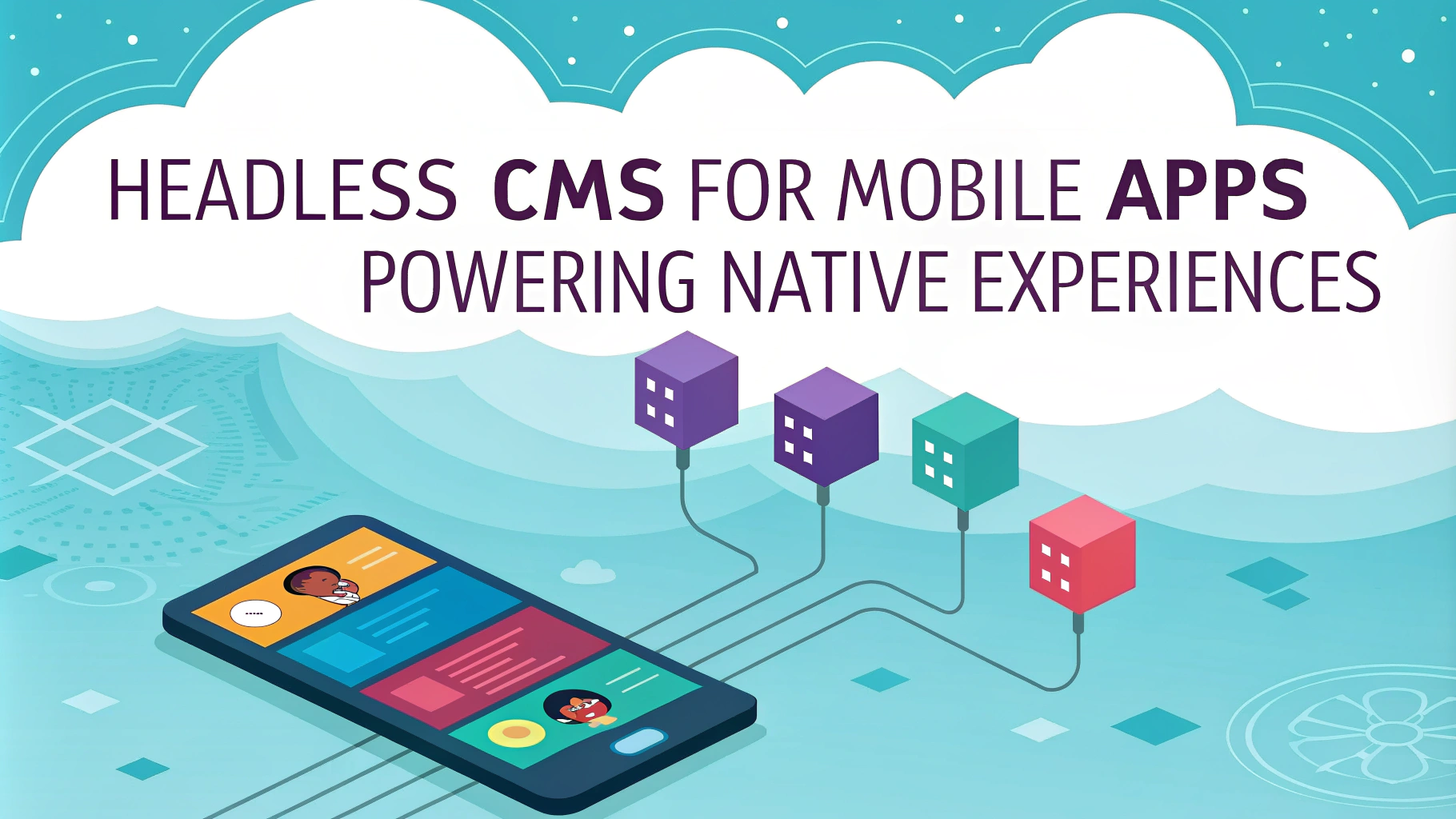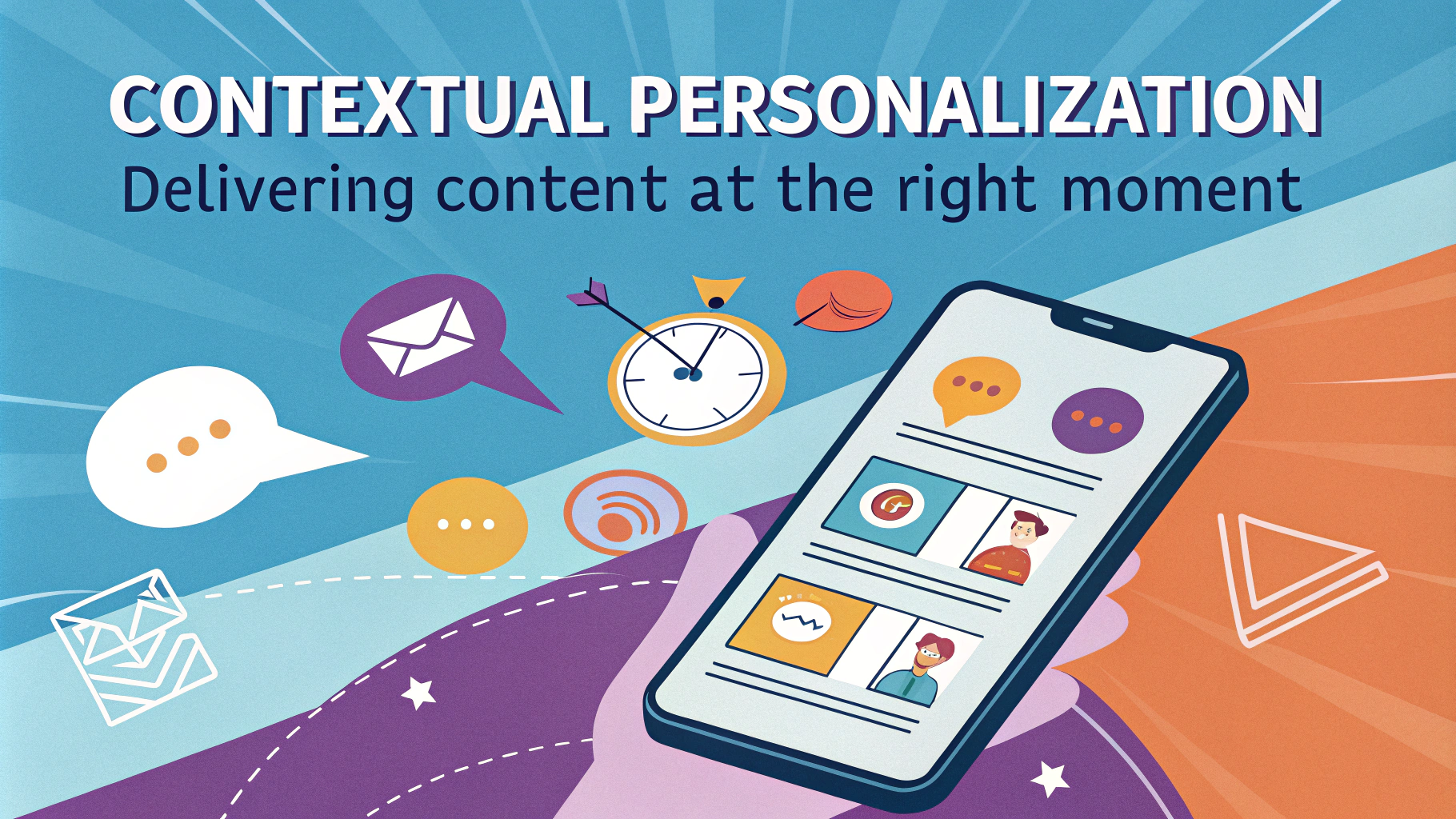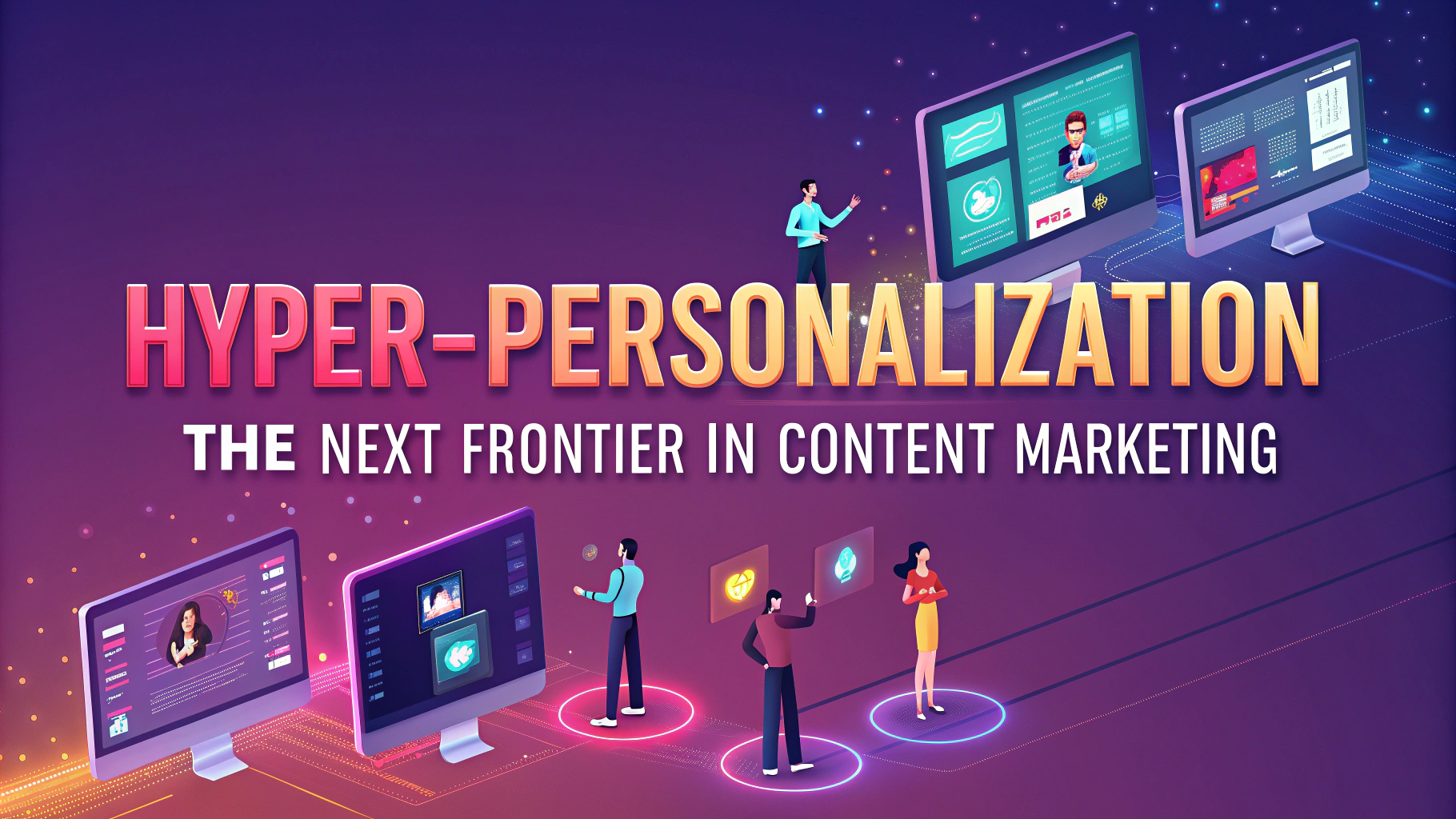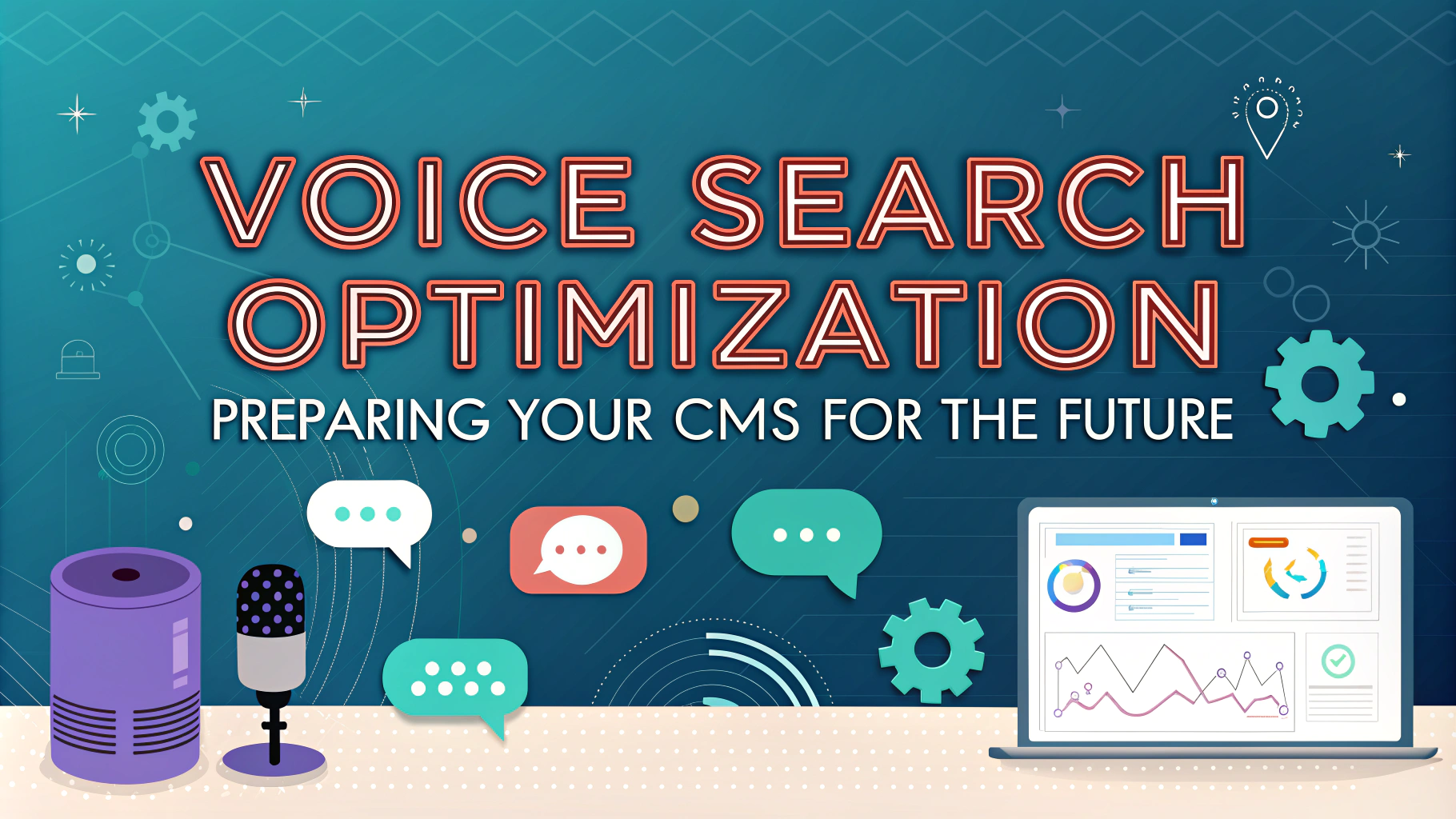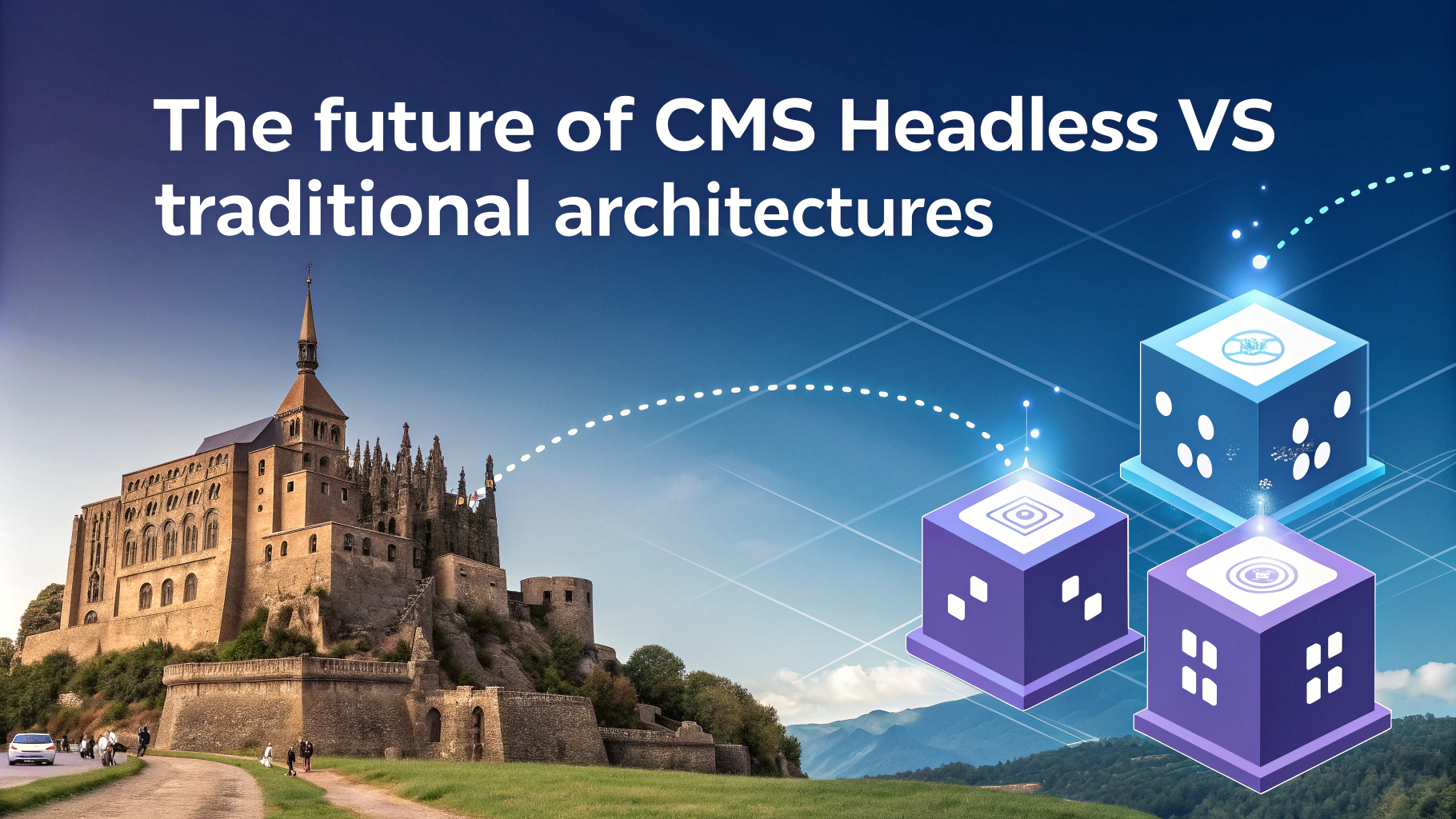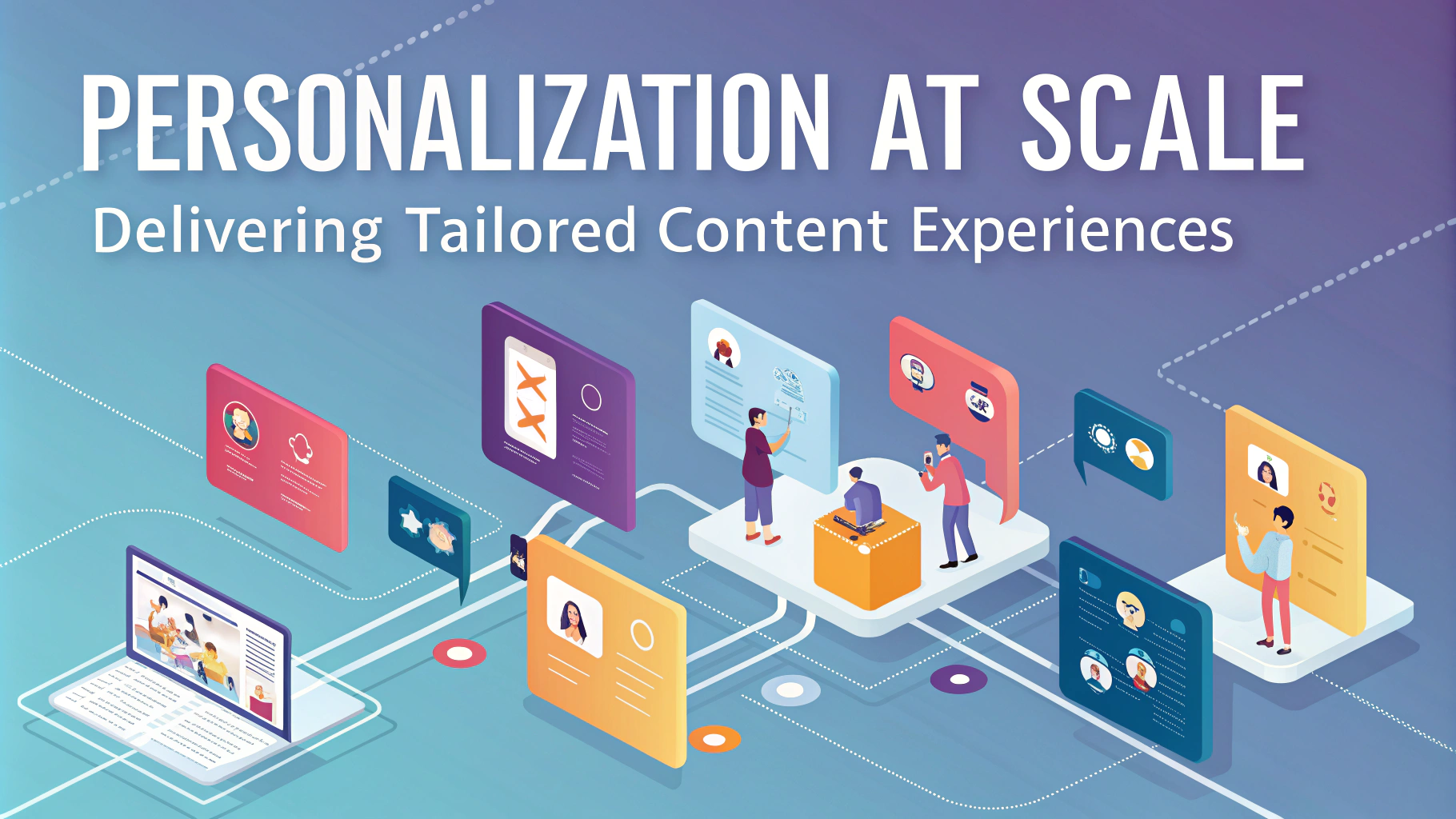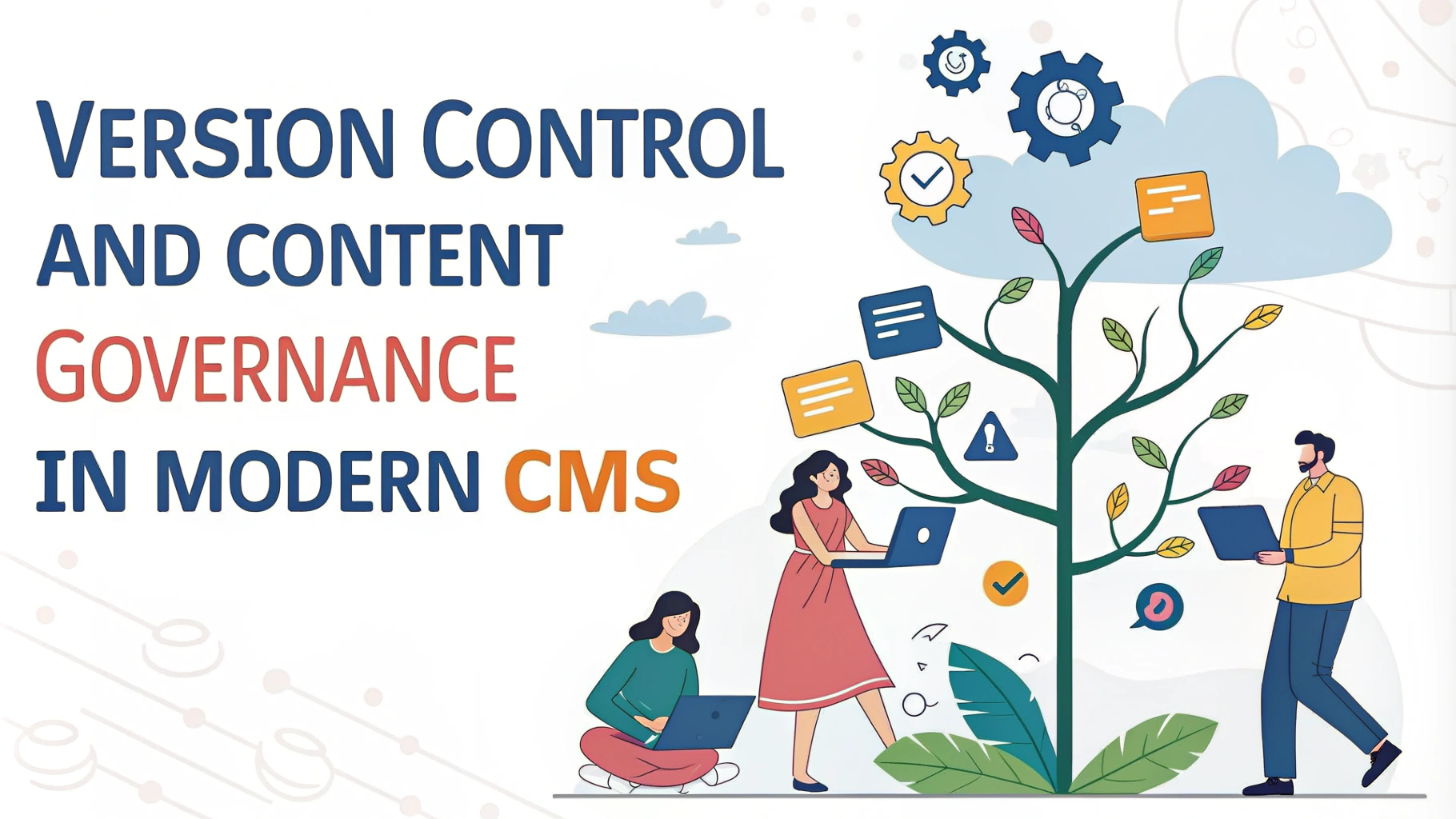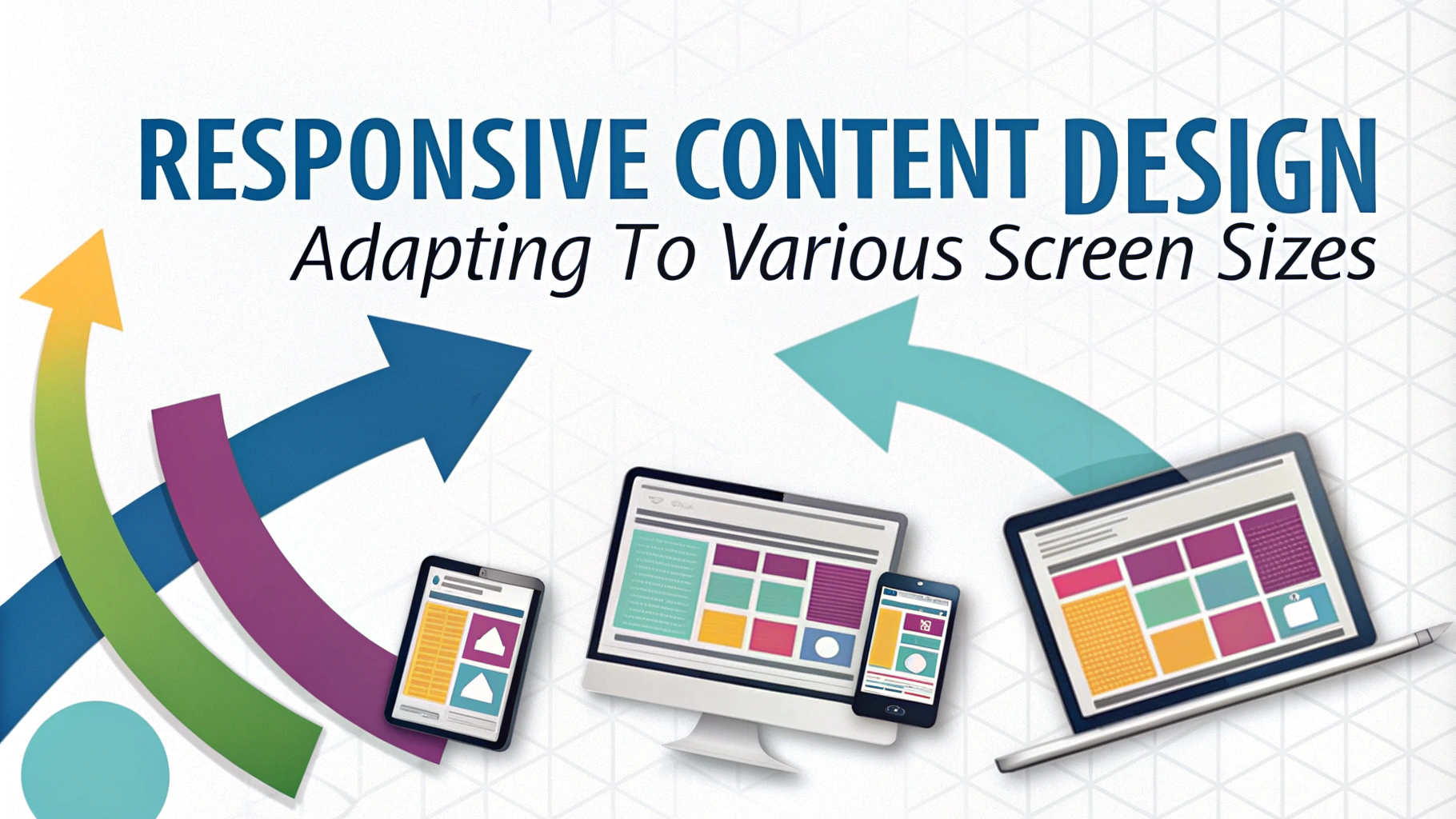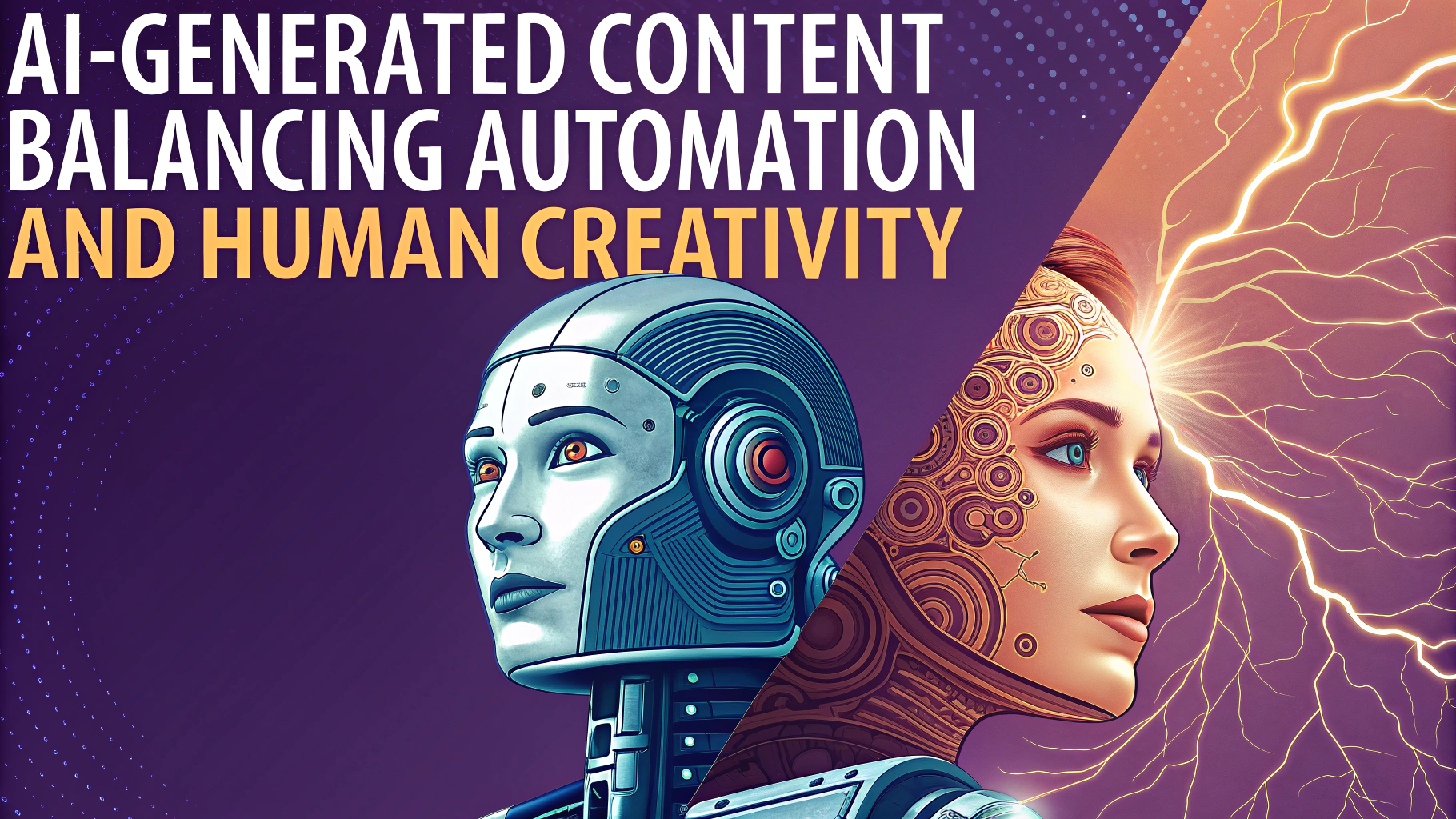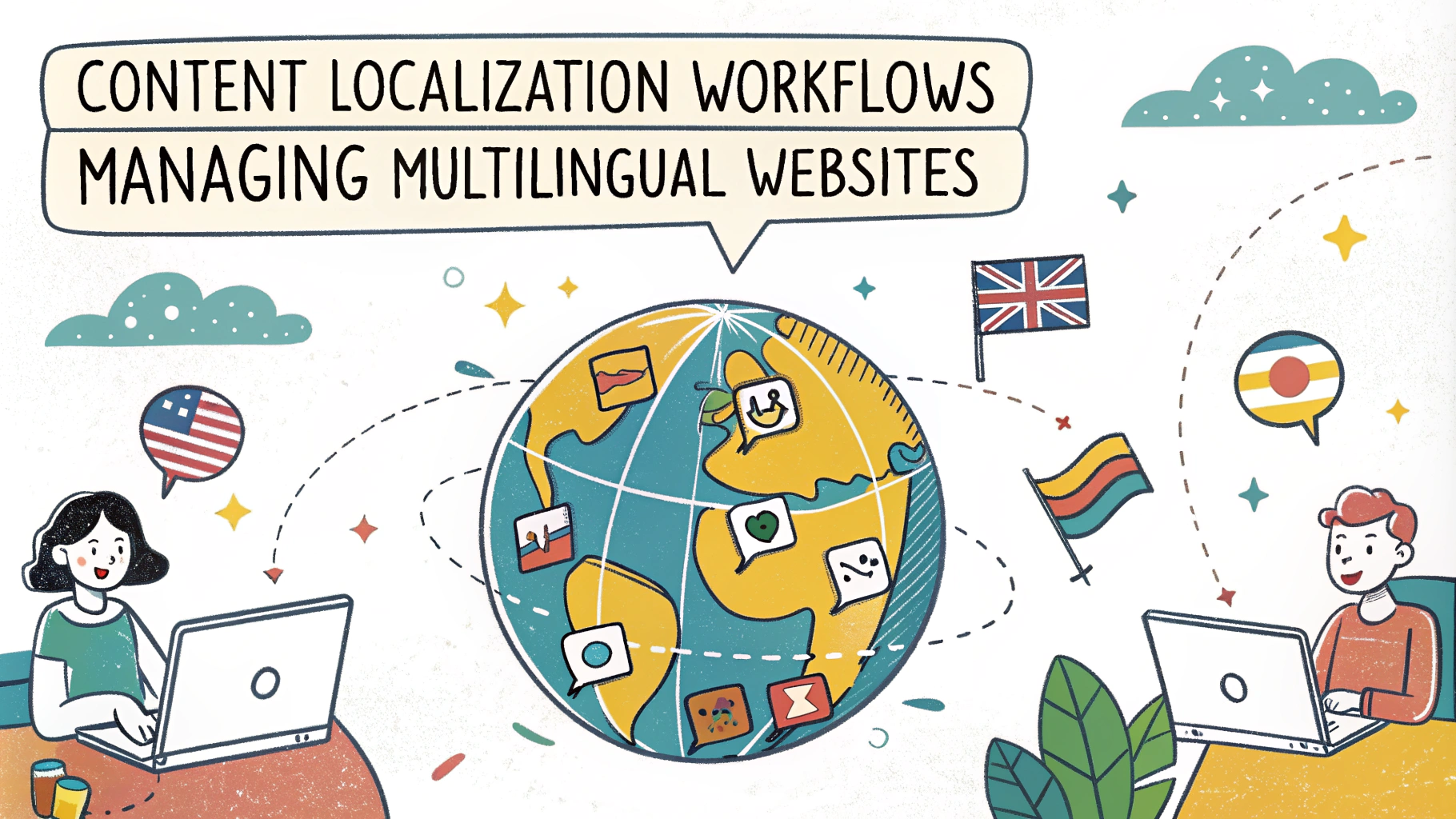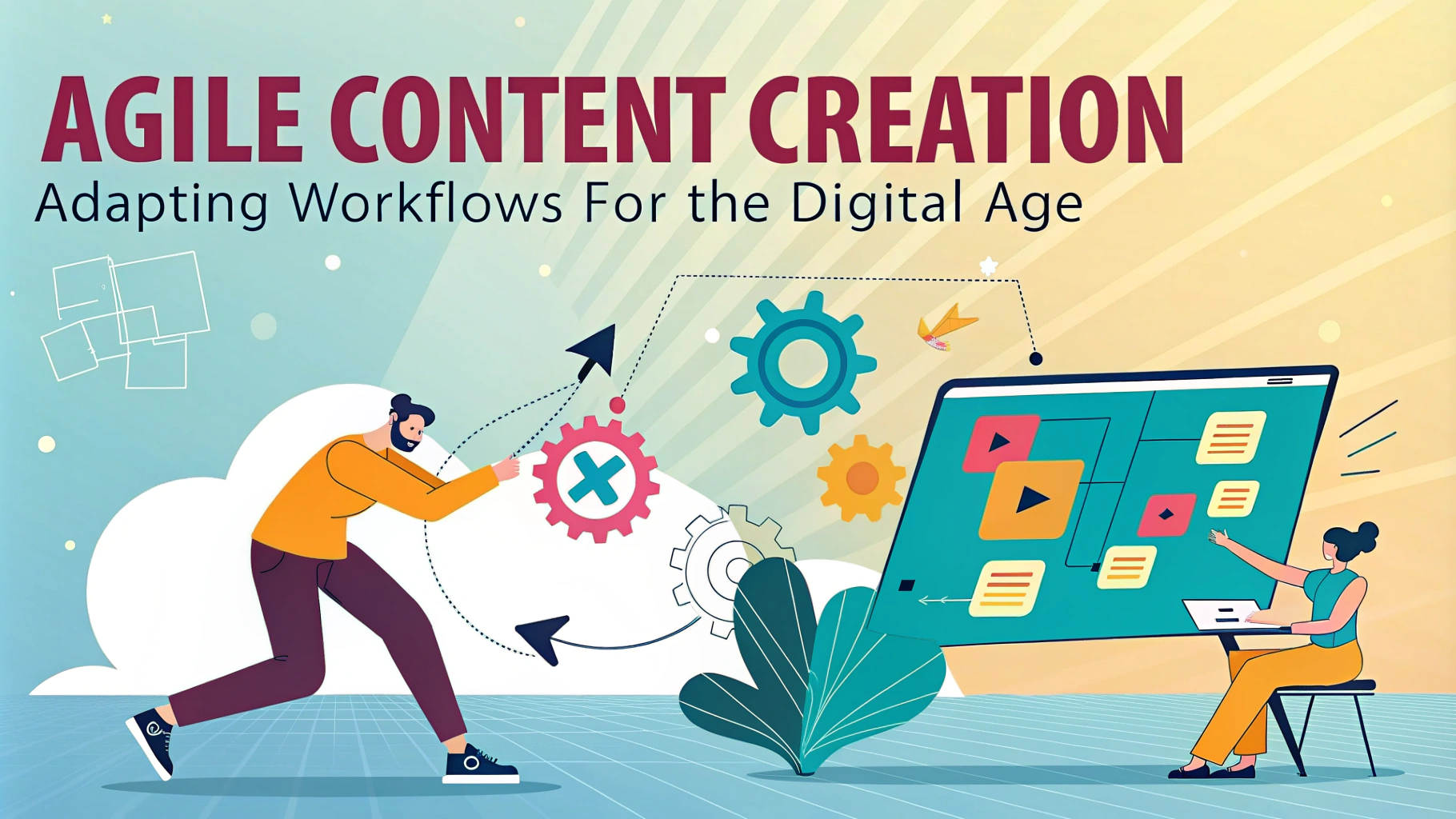Headless CMS and Progressive Web Apps (PWAs) are transforming the way we create and deliver digital experiences. This article explores how combining these technologies can boost your web development projects.
We’ll cover the basics of headless CMS and PWAs, their benefits, and how to integrate them effectively. You’ll learn practical tips for implementing this powerful combination in your next project.
What is a Headless CMS?
A headless CMS is a content management system that separates the content repository (the “body”) from the presentation layer (the “head”). This approach offers several advantages:
- Flexibility: Deliver content to any platform or device
- Scalability: Easily handle increased traffic and content volume
- Developer-friendly: Use your preferred programming languages and frameworks
Popular headless CMS options include Contentful, Strapi, and Sanity. Each offers unique features to suit different project requirements.
Introduction to Progressive Web Apps
Progressive Web Apps combine the best features of websites and native mobile apps. They offer:
- Offline functionality: Work without an internet connection
- Fast loading: Instant load times, even on slow networks
- Push notifications: Engage users with timely updates
- App-like experience: Full-screen mode and home screen icons
PWAs are built using web technologies like HTML, CSS, and JavaScript, making them accessible across various platforms and devices.
Benefits of Combining Headless CMS and PWAs
Integrating a headless CMS with a PWA creates a powerful synergy:
- Improved performance: Faster load times and smoother user experiences
- Enhanced flexibility: Easily update content across multiple channels
- Better SEO: Improved page speed and mobile-friendliness
- Increased engagement: Offline access and push notifications keep users connected
This combination allows developers to create fast, responsive, and content-rich applications that work seamlessly across devices.
Case Study: E-commerce Success with Headless CMS and PWA
| Metric | Improvement |
|---|---|
| Page Load Time | 65% faster |
| Mobile Conversion Rate | 52% increase |
| User Engagement | 78% more time on site |
This case study demonstrates the tangible benefits of implementing a headless CMS with a PWA for an e-commerce platform.
Streamlining Content Delivery with Headless CMS
A headless CMS separates content management from presentation, offering unparalleled flexibility. This approach allows developers to:
- Create content once and distribute it across multiple platforms
- Implement custom front-end solutions using preferred technologies
- Scale content delivery without compromising performance
To maximize the benefits of a headless CMS:
- Choose a CMS with robust API capabilities
- Implement a content modeling strategy that aligns with your project goals
- Use webhooks to automate content updates across platforms
Optimizing PWAs for Performance and User Experience
PWAs offer app-like experiences through web technologies. To enhance PWA performance:
- Implement efficient caching strategies using service workers
- Optimize images and assets for faster loading
- Use lazy loading for non-critical content
- Implement a responsive design that adapts to various screen sizes
Consider using tools like Lighthouse to audit and improve your PWA’s performance.
Integrating Headless CMS with PWA: Best Practices
Combining headless CMS and PWA technologies requires careful planning. Follow these best practices:
- Design a content API that supports PWA requirements
- Implement content caching to reduce API calls
- Use GraphQL for efficient data fetching
- Set up a CI/CD pipeline for smooth content updates
Regular testing and optimization are key to maintaining a high-performing integrated solution.
Future-Proofing Your Web Projects
The combination of headless CMS and PWA technologies sets the stage for future-ready web projects. To stay ahead:
- Embrace microservices architecture for scalability
- Explore emerging front-end frameworks compatible with headless CMS
- Stay updated on PWA capabilities and browser support
- Consider implementing AI-driven content personalization
By adopting these technologies and staying informed about industry trends, you’ll be well-positioned to create cutting-edge web experiences.
Comparison: Traditional vs. Headless CMS + PWA Approach
| Feature | Traditional | Headless CMS + PWA |
|---|---|---|
| Content Flexibility | Limited | High |
| Performance | Variable | Optimized |
| Offline Capabilities | None | Robust |
| Cross-Platform Support | Challenging | Seamless |
This comparison highlights the advantages of adopting a headless CMS and PWA approach for modern web development.

